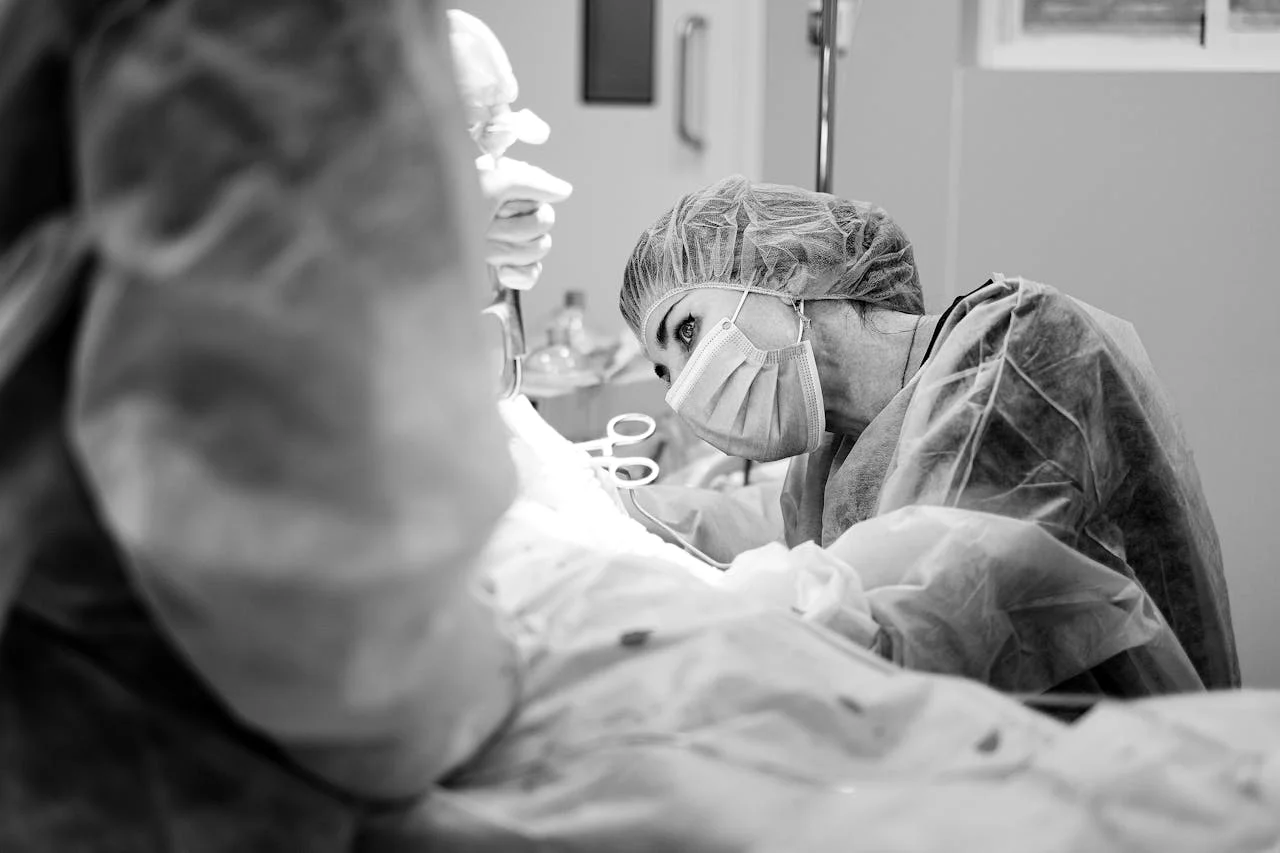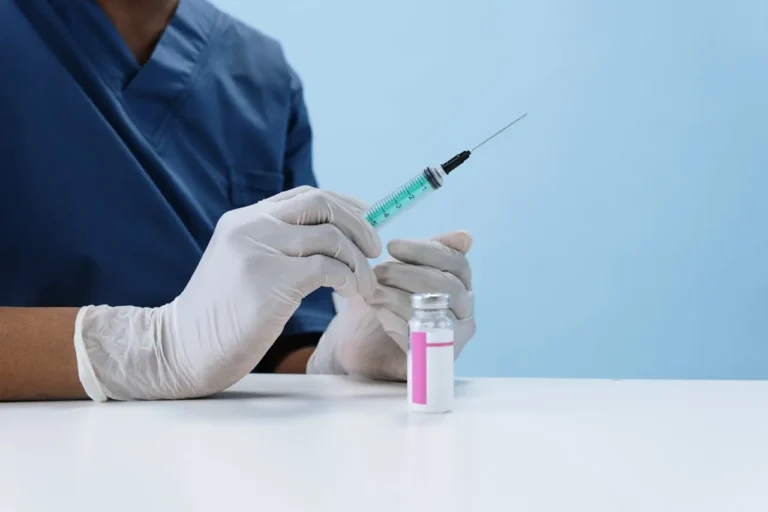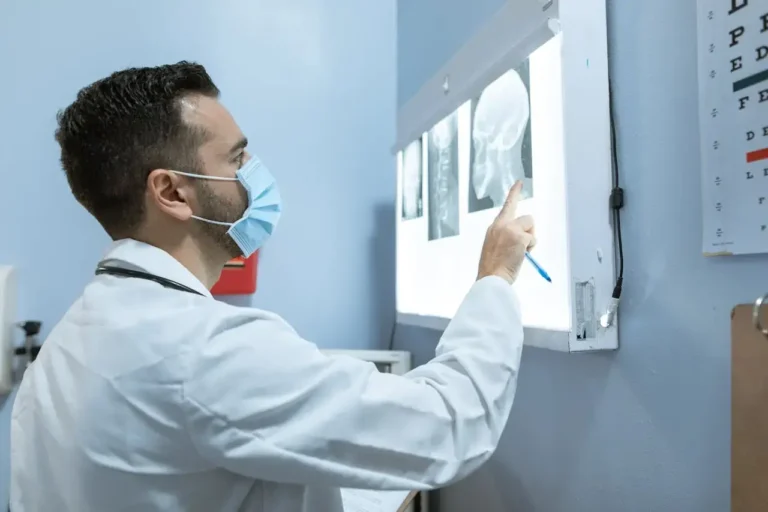
Total knee replacement surgery is a prevalent procedure, with approximately 790,000 surgeries performed annually in the U.S. This number is expected to rise due to factors like an aging population, increasing rates of obesity, and a growing number of younger individuals seeking knee replacements.
The primary reason for total knee arthroplasty, or knee replacement surgery, is osteoarthritis, a degenerative condition where the protective cartilage in the knee wears down over time, leading to bone-on-bone contact and pain. Other reasons include rheumatoid arthritis and knee injuries.
Advancements in technology have significantly transformed knee replacement surgery. Modern joint implants are more durable, and robotic-assisted orthopedic surgery offers enhanced accuracy and precision compared to traditional methods.
Johnson & Johnson MedTech’s VELYS™ Robotic-Assisted Solution, in conjunction with the ATTUNE™ Knee System implants, represents a forefront in these advancements. This system allows surgeons to personalize the implantation process, ensuring optimal execution. Efforts are underway to expand its application to both total and partial knee replacement procedures pending FDA clearance.
Younger individuals are increasingly opting for knee replacements due to factors like premature arthritis and injuries. Technological improvements have extended the lifespan of implants, making them suitable for a broader range of age groups. Cementless implants, particularly beneficial for younger patients with healthier bones, are gaining popularity for their ability to integrate seamlessly with the bone.
Robotic assistance has personalized knee replacement surgery by providing surgeons with detailed patient-specific data, enhancing precision during the procedure. The VELYS Robotic-Assisted Solution adjusts in real-time to any changes in knee positioning, ensuring accurate cuts and eliminating guesswork.
Recovery from knee replacement surgery has evolved significantly. Patients now experience shorter hospital stays, with some procedures even performed on an outpatient basis. Post-operative care focuses on getting patients back to their normal activities as quickly as possible, often with home-based physical therapy.
While recovery times vary, many patients express regret at not undergoing the procedure sooner due to the substantial improvement in their quality of life.
It’s crucial to note that joint replacement outcomes depend on various factors, including age, weight, and activity level. There are potential risks associated with the surgery, and recovery requires time. Only an orthopedic surgeon can determine if joint replacement is necessary based on individual patient circumstances.
[Important Safety Information: Joint replacement outcomes depend on various factors. Potential risks exist, and recovery time varies. Patients with rehabilitation-limiting conditions should avoid surgery. Consultation with an orthopedic surgeon is necessary to determine the appropriateness of joint replacement based on individual patient conditions.




